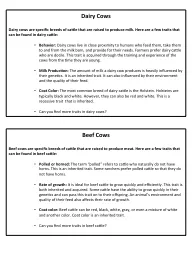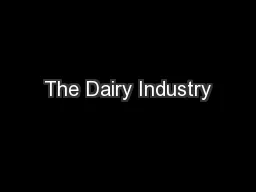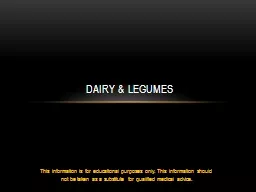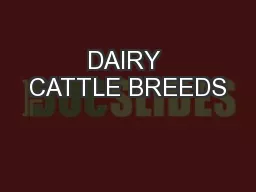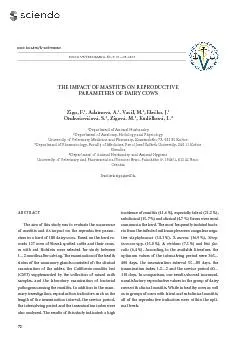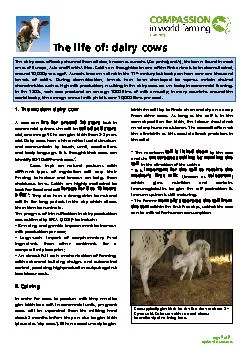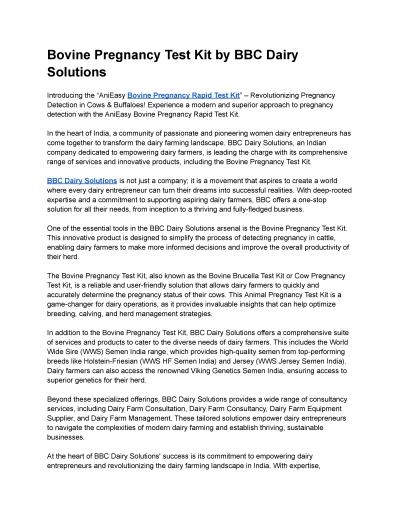PPT-Dairy Cows Dairy cows are specific breeds of cattle that are raised to produce milk.
Author : relievinglexus | Published Date : 2020-08-06
Behavior Dairy cows live in close proximity to humans who feed them milk them and provide for their needs Farmers prefer dairy cattle that are calm and easy to
Presentation Embed Code
Download Presentation
Download Presentation The PPT/PDF document "Dairy Cows Dairy cows are specific bree..." is the property of its rightful owner. Permission is granted to download and print the materials on this website for personal, non-commercial use only, and to display it on your personal computer provided you do not modify the materials and that you retain all copyright notices contained in the materials. By downloading content from our website, you accept the terms of this agreement.
Dairy Cows Dairy cows are specific breeds of cattle that are raised to produce milk.: Transcript
Download Rules Of Document
"Dairy Cows Dairy cows are specific breeds of cattle that are raised to produce milk."The content belongs to its owner. You may download and print it for personal use, without modification, and keep all copyright notices. By downloading, you agree to these terms.
Related Documents

